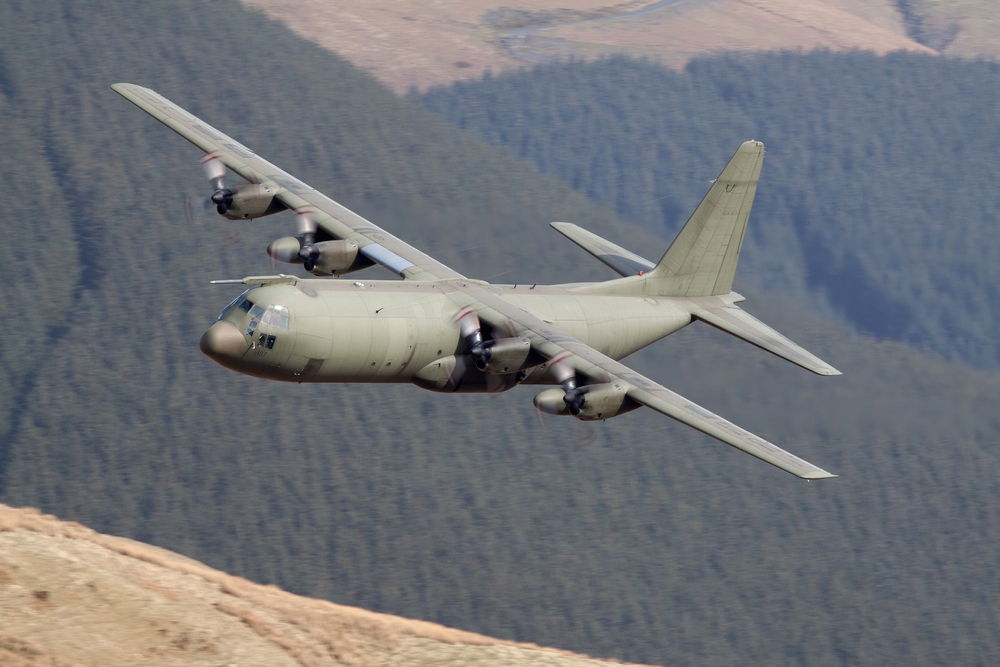CH-47 Chinook helicopters are also widely deployed in firefighting efforts.
Others are reading now
California faces another season of devastating wildfires, with flames consuming vast stretches of land and threatening communities.
Each year, these fires grow in intensity, requiring a coordinated effort between ground crews and advanced technology to bring them under control.
Aerial firefighting has become an essential tool in this effort, providing critical support that would be impossible to achieve from the ground alone.
Also read
Release up to 12,000 Liters of Water
Specialized aircraft, including aerial tankers, helicopters, and amphibious planes, are deployed to suppress fires and protect areas that are difficult to access, according to WP.
Currently, more than 30 helicopters and airplanes are engaged in battling fires across California, with some sourcing water directly from the Pacific Ocean to fight the flames.
The C-130 Hercules, a transport plane outfitted with the Modular Airborne FireFighting System (MAFFS), plays a key role.
This system enables the aircraft to carry and release up to 12,000 liters of water or fire retardant in just seconds.
The C-130’s ability to target fire zones precisely, even in remote locations, makes it a valuable asset in wildfire suppression.
CH-47 Chinook helicopters, often used for military transport, are also widely deployed in firefighting efforts.
Equipped with Bambi Buckets, these helicopters can carry between 7,000 and 10,000 liters of water, depending on the model.
They quickly refill their buckets from lakes, rivers, or reservoirs, allowing them to respond efficiently.
Their stability and capacity to operate in difficult terrain make them indispensable for tackling fires in mountainous areas.
The CL-415 Super Scooper is an amphibious plane specifically designed for aerial firefighting.
It can scoop up to 6,000 liters of water in 12 seconds while flying over a lake or ocean. Its ability to repeat this process rapidly makes it one of the most efficient tools for combating wildfires.


